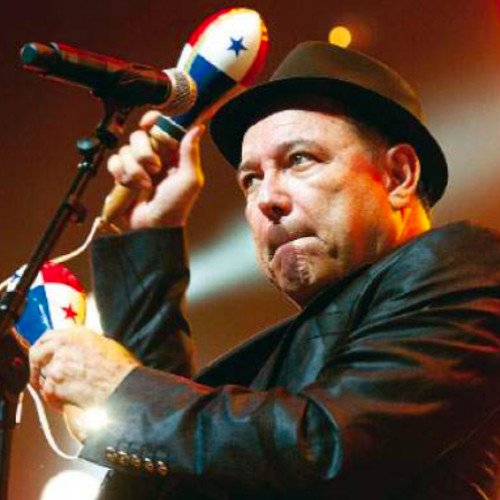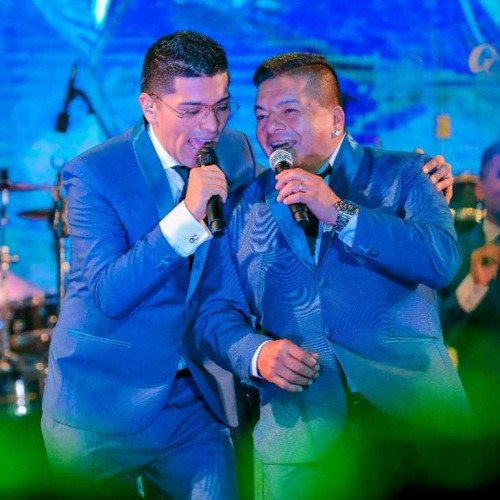Latin American musical genres

Salsa
Salsa music is a popular dance music genre that initially arose in New York City during the 1960s. Salsa is the product of various Cuban musical genres including the Afro-Cuban son montuno, guaracha, cha cha chá, mambo, and Puerto Rican plena and bomba. Latin jazz (which was also developed in New York City) has had a significant influence on salsa arrangers, piano guajeos, and instrumental soloists.[5][6] Salsa is primarily Cuban son, itself a fusion of Spanish canción and guitar and Afro-Cuban percussion. Salsa also occasionally incorporates elements of Latin jazz, bomba and plena.[7] All of these non-Cuban elements are grafted onto the basic Cuban son montuno template when performed within the context of salsa.[8] The first salsa bands were predominantly Cubans and Puerto Ricans.[9][10][11] The music eventually spread throughout the rest of the Americas.[12] Ultimately, it became a global phenomenon. Some of the founding salsa artists were Johnny Pacheco (the creator of the Fania All-Stars), Celia Cruz, Rubén Blades, Richie Ray, Bobby Cruz, Ray Barretto, Willie Colón, Larry Harlow, Roberto Roena, Bobby Valentín, Eddie Palmieri, and Héctor Lavoe. Salsa means 'sauce' in the Spanish language, and carries connotations of the spiciness common in Latin and Caribbean cuisine.[14] In the 20th century, salsa acquired a musical meaning in both English and Spanish. In this sense salsa has been described as a word with "vivid associations".[15] Cubans and Puerto Ricans in New York have used the term analogously to swing or soul music. In this usage salsa connotes a frenzied, "hot" and wild musical experience that draws upon or reflects elements of Latin culture, regardless of the style.
Statistics for this Xoptio

Cumbia
Cumbia [ˈkumbja] is a folkloric genre and dance from Colombia.[1][2][3][4] Since the 1940s, commercial or modern Colombian cumbia expanded to the rest of Latin America, after which it became popular throughout the continent, including in Argentina, Bolivia, Chile, the Dominican Republic, Ecuador, Mexico, Peru, El Salvador, Uruguay, and Venezuela. Most folklorists and musicologists, such as Narciso Garay, Delia Zapata Olivella, and Guillermo Abadia Morales, assume that cumbia is derived from the Bantu root kumbe "to dance", or any other of the many Bantu words with "comb" or "kumb".[5] Cf. samba, macumba. Another possibility is the Tupi-Guarani word cumbi "murmuring, noise".[6] Cumbia was also a kind of fine woolen garment produced for the Inca.[7] In 2006, Colombian musician and musicologist Guillermo Carbo Ronderos said that the etymology of the word cumbia is "still controversial" and that "seems to derive from the Bantu word cumbé"